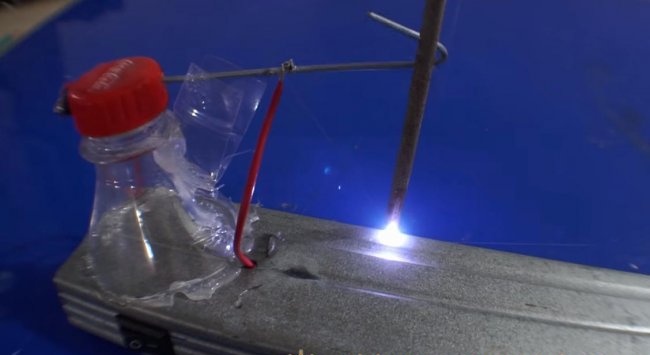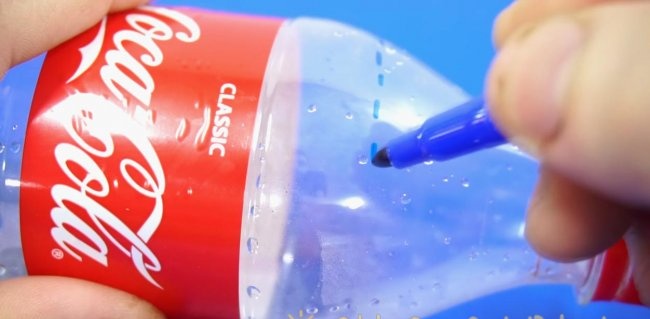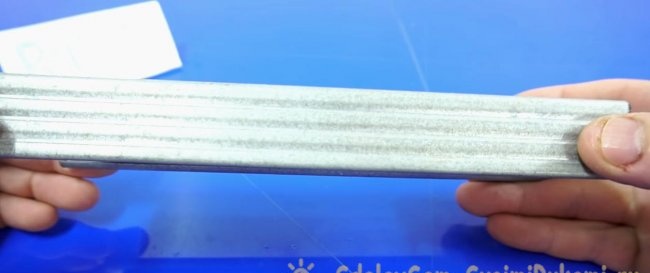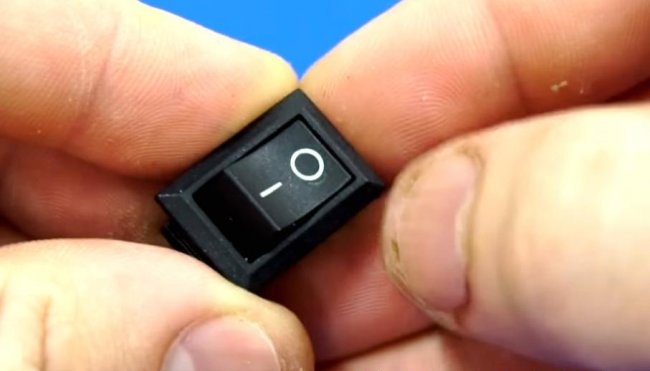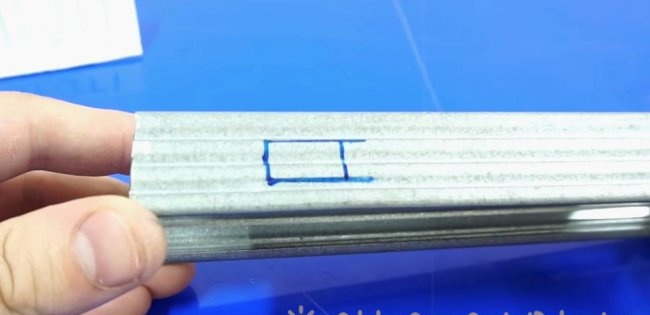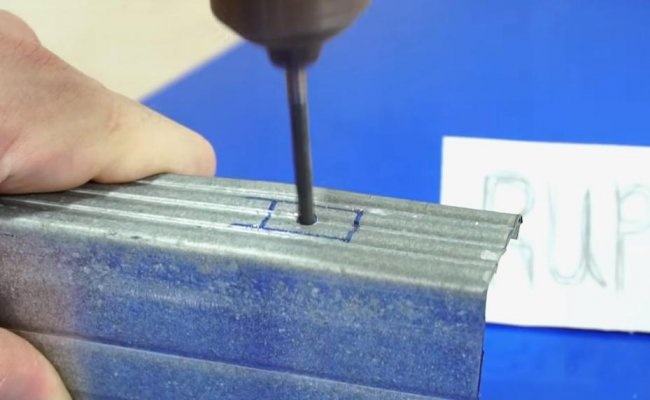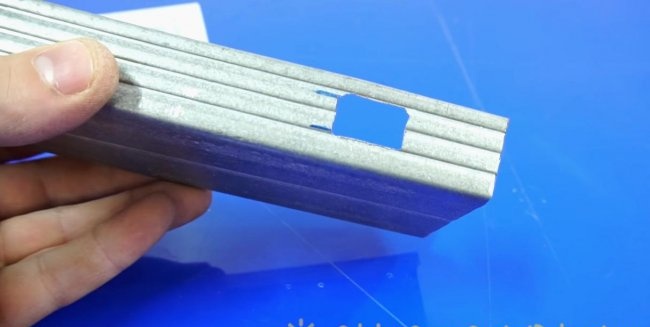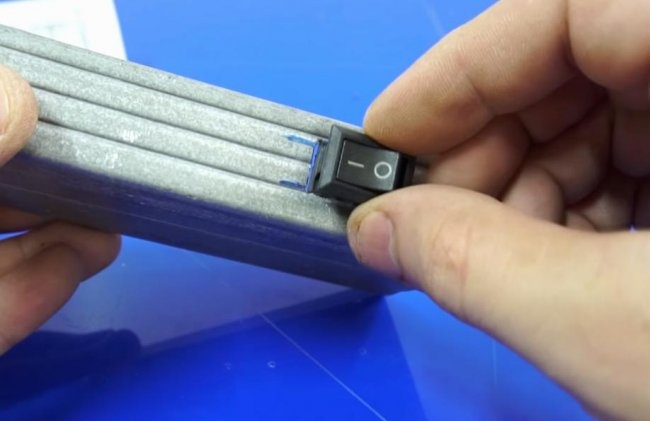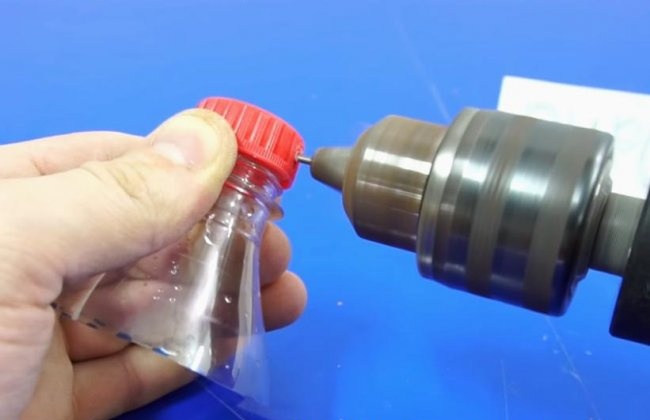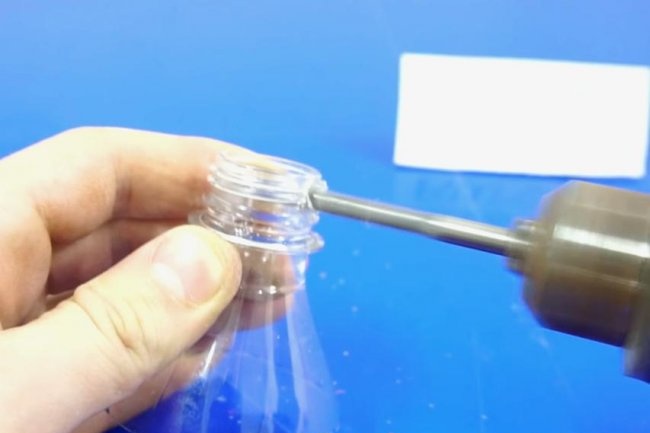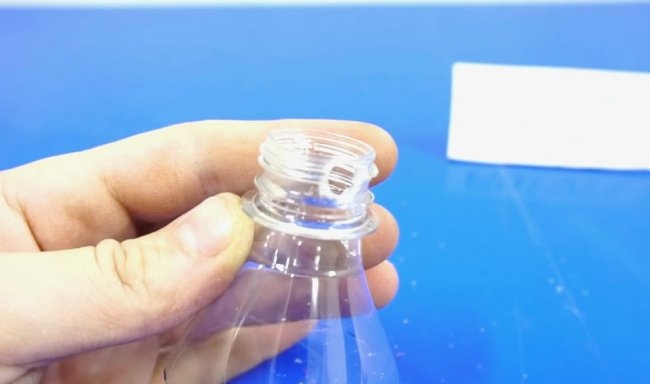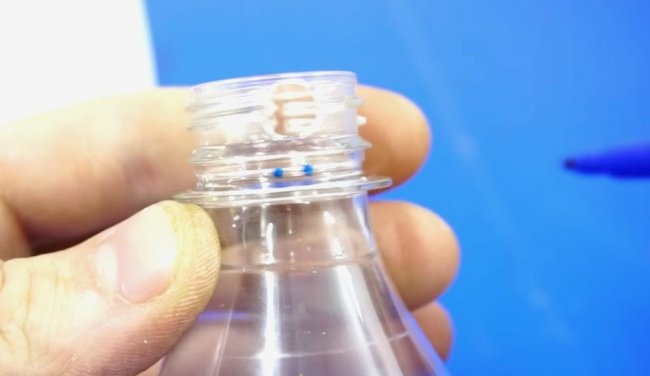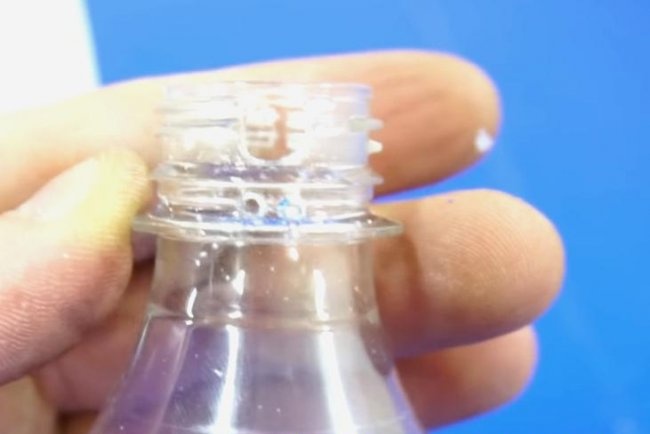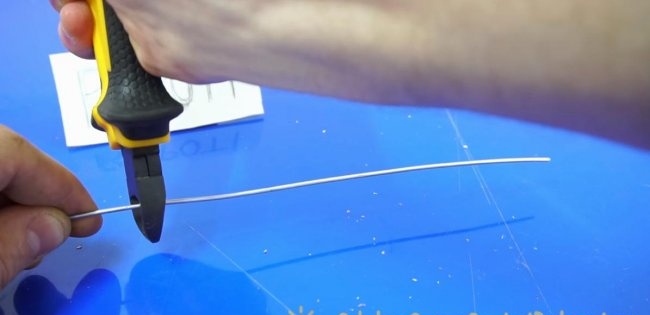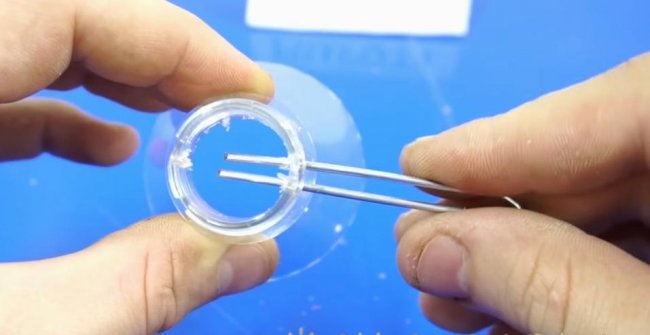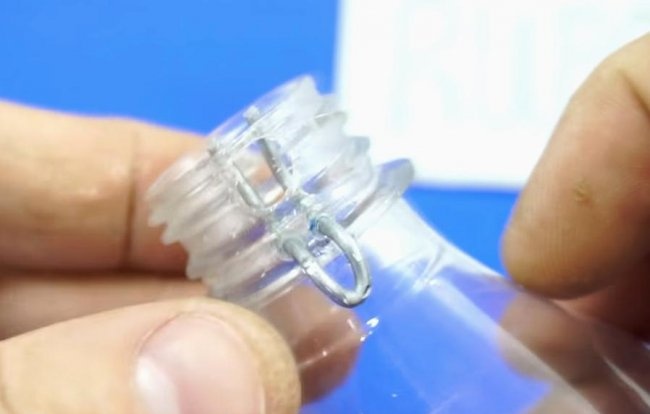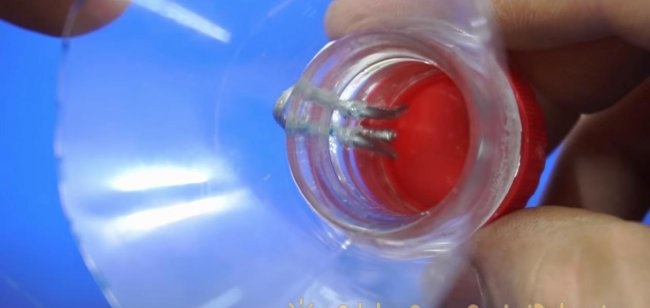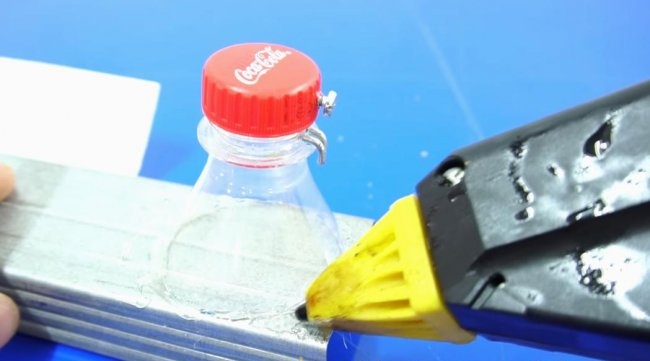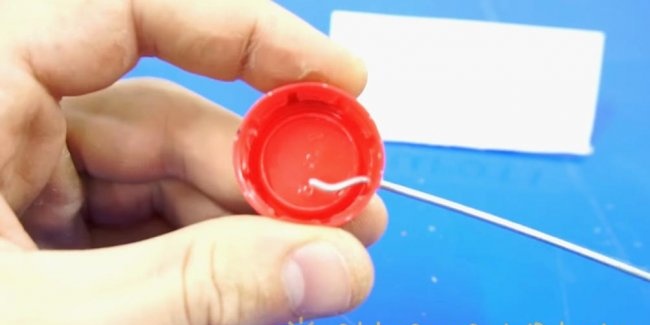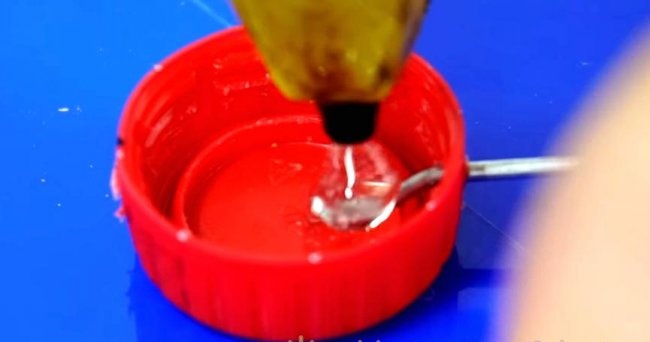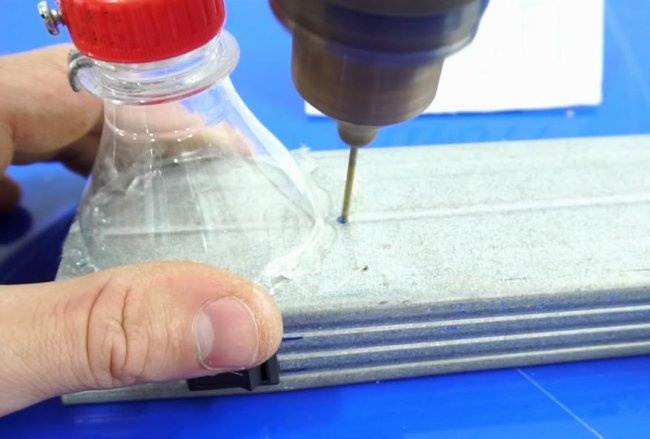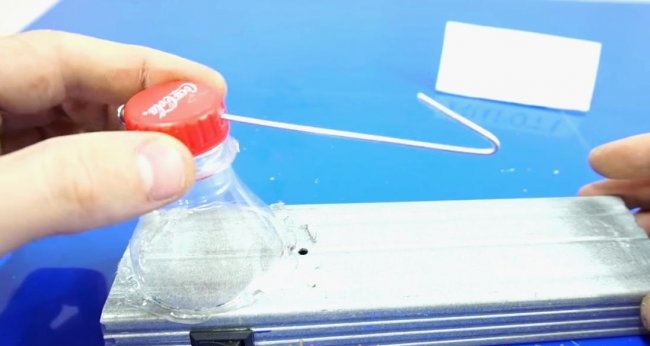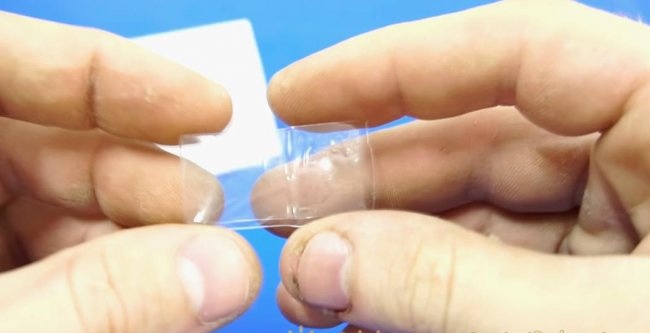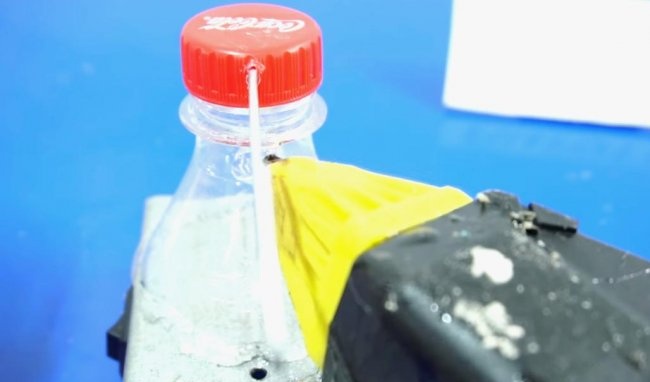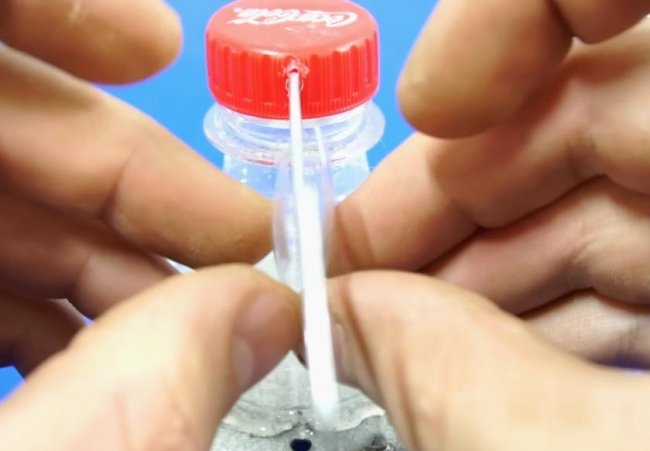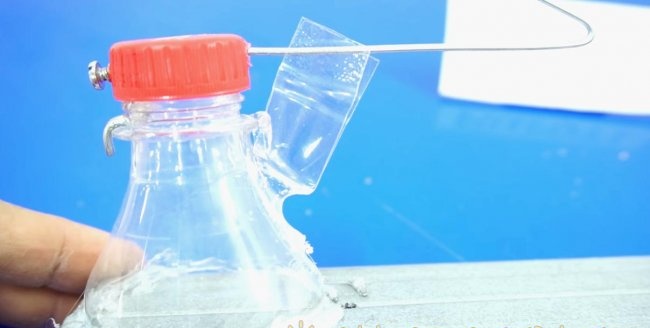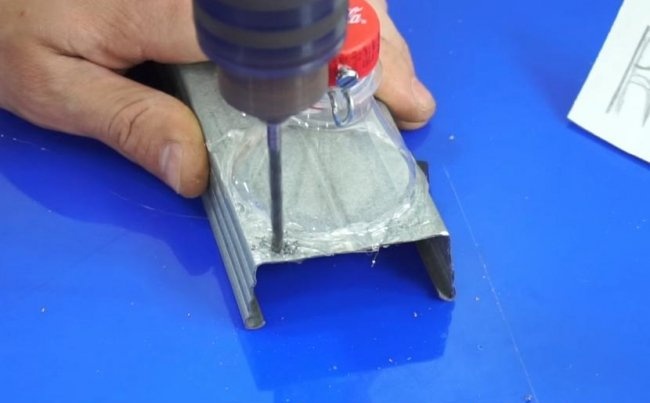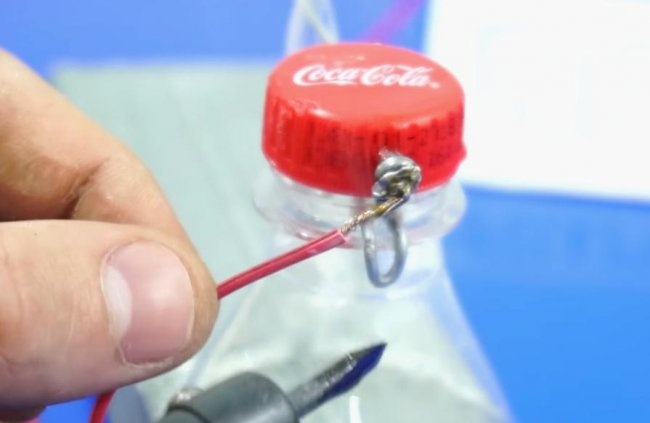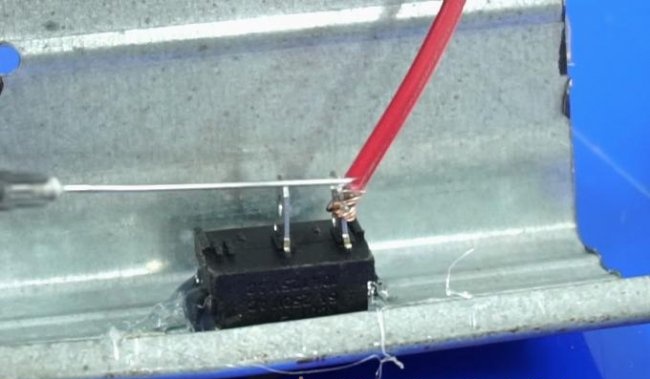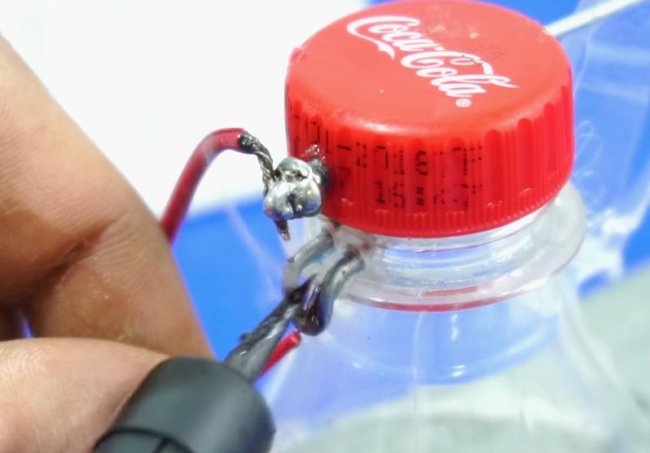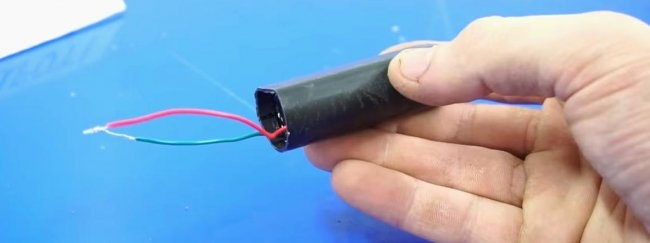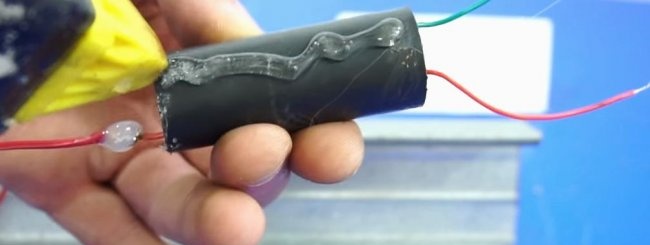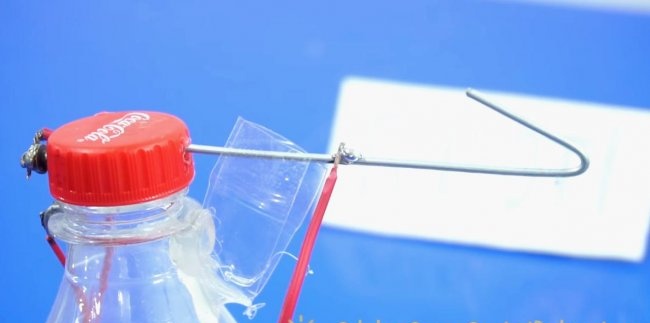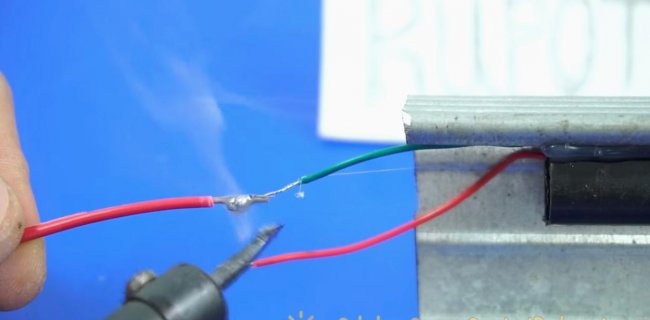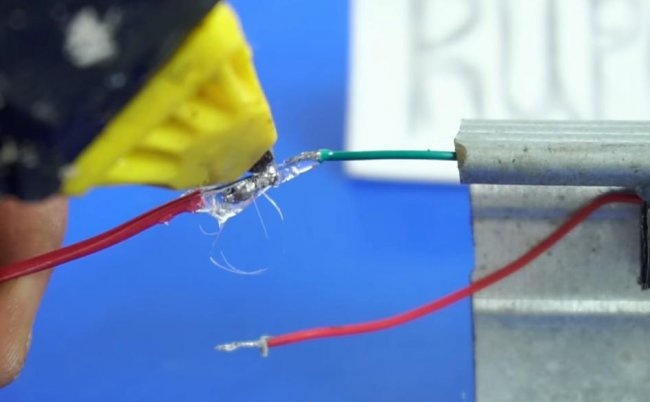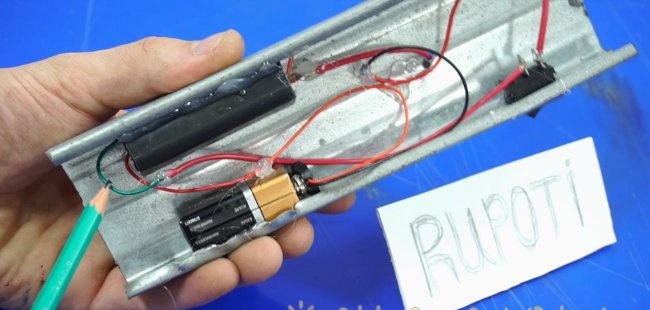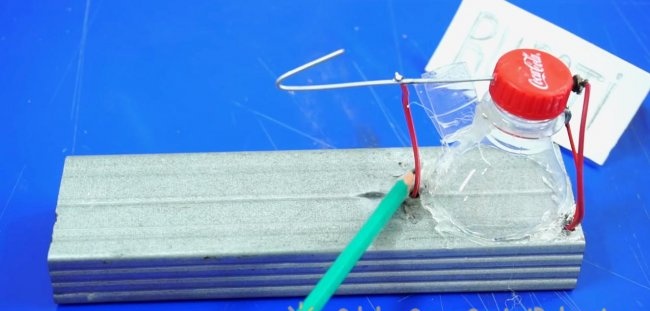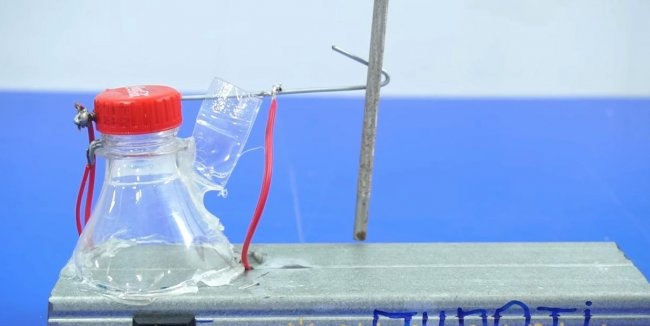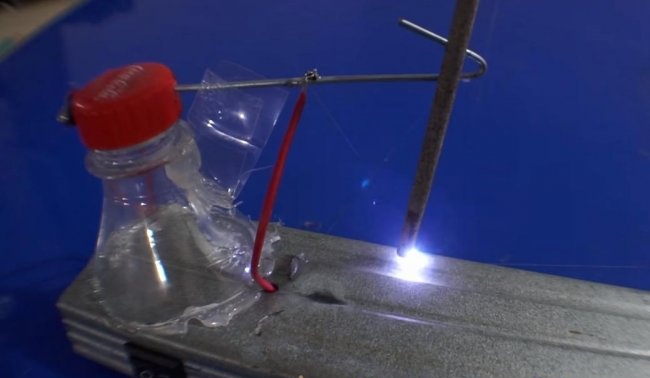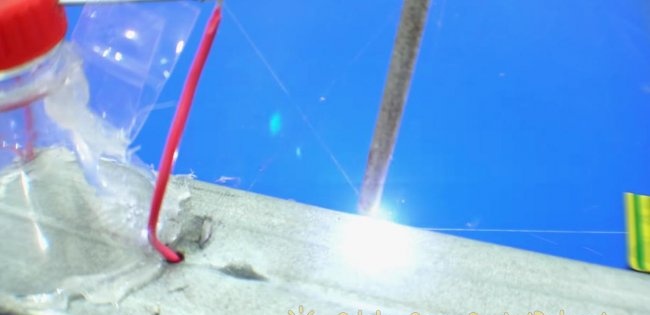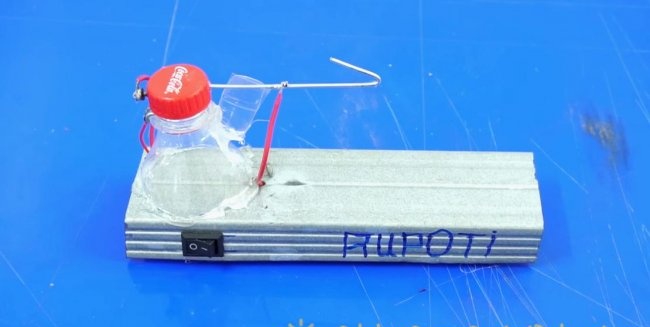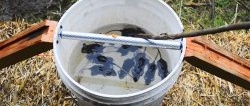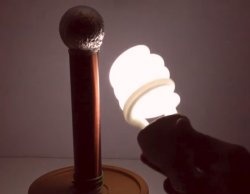Electric mousetrap
During my life I have seen many different mousetraps and rat traps. It’s not that I’m in any way interested in this, but I was just faced with removing mice from the house.
I'll tell you how to make a mousetrap that will kill a mouse with an electric discharge. The design is as always simple and uncomplicated.
And also: wire, wires, a piece of profile, a bottle, hot glue, etc.
We need a half liter plastic bottle. You need to cut the neck straight. To do this, first mark the cutting line with a marker.
Let's cut it off.
We take a piece of galvanized profile for attaching drywall. Cut off a small piece.
We take the switch.
We mark a seat for it.
Drill a hole in the center to make it easy to cut.
Cut with metal scissors or another method.
Install the switch into the hole.
Unscrew the bottle cap halfway. We take a drill, attach a thin drill, and drill a hole in the cap without screwing it completely off the bottle. We drill from both sides.One hole is as high as possible at the top so that the passing drill does not touch the neck, and the second hole is as low as possible so that the drill goes through both the lid and the neck.
Next, unscrew the cap and drill a hole on the neck of the bottle with a large hole.
Then, a little lower, we make two more holes just for the neck with a thin drill.
We need a piece of wire. Let's bite off a piece with wire cutters.
Let's make a U-shaped one and insert it into the small holes.
Let's fold it like this:
Screw the lid until the holes line up. Screw the screw into the small hole.
As a result, we have a knot; when the lid is rotated in one direction or the other, the self-tapping screw touches the wire. This will be a kind of switch.
Glue the resulting assembly to a piece of profile.
Then we take a larger piece of wire, bend it as in the photo and push it into the hole on the other side of the lid. Fix with hot glue. This will be the electrode.
We assemble the entire structure.
Drill a hole for the wire.
Next, we cut out a strip from the remains of the bottle and bend it. This will be a spring.
Using hot glue, glue it exactly in the middle between the angle of rotation of the lid.
That is, now, after any displacement of the electrode, it will return to its place.
Drill a hole for the wires.
Solder the wires and assemble the circuit.
This is a high voltage converter that converts 9V from a battery into 7000V.
Place on hot glue.
We pass a high-voltage wire and attach it to the electrode.
We insulate all connections with the same hot glue and attach them to the body so that nothing dangles.
We also put the battery on hot glue.
All is ready.
A piece of lard is hung on a hook located in the center (mice and rats love it). The mouse approaches this piece and naturally tries to drag it away.She pulls it. As a result of this thrust, the contacts located towards the roof close. And the current from the battery will flow to the high-voltage converter. The transducer electrodes are connected to the hook and bait and to the profile. As a result, high voltage will be passed through a rat or mouse that tries to steal the fat, which will kill the rodent.
Unfortunately, there is no video of actual mouse catching. But don’t be upset: the copy is completely working.
Be very careful when working with high voltage! Good luck to all!
[media=https://www.youtube.com/watch?v=a4eC3sFUPEk]
I'll tell you how to make a mousetrap that will kill a mouse with an electric discharge. The design is as always simple and uncomplicated.
What do you need to make a mousetrap?
- 9V battery.
- High voltage converter - aliexpress
And also: wire, wires, a piece of profile, a bottle, hot glue, etc.
We need a half liter plastic bottle. You need to cut the neck straight. To do this, first mark the cutting line with a marker.
Let's cut it off.
We take a piece of galvanized profile for attaching drywall. Cut off a small piece.
We take the switch.
We mark a seat for it.
Drill a hole in the center to make it easy to cut.
Cut with metal scissors or another method.
Install the switch into the hole.
Unscrew the bottle cap halfway. We take a drill, attach a thin drill, and drill a hole in the cap without screwing it completely off the bottle. We drill from both sides.One hole is as high as possible at the top so that the passing drill does not touch the neck, and the second hole is as low as possible so that the drill goes through both the lid and the neck.
Next, unscrew the cap and drill a hole on the neck of the bottle with a large hole.
Then, a little lower, we make two more holes just for the neck with a thin drill.
We need a piece of wire. Let's bite off a piece with wire cutters.
Let's make a U-shaped one and insert it into the small holes.
Let's fold it like this:
Screw the lid until the holes line up. Screw the screw into the small hole.
As a result, we have a knot; when the lid is rotated in one direction or the other, the self-tapping screw touches the wire. This will be a kind of switch.
Glue the resulting assembly to a piece of profile.
Then we take a larger piece of wire, bend it as in the photo and push it into the hole on the other side of the lid. Fix with hot glue. This will be the electrode.
We assemble the entire structure.
Drill a hole for the wire.
Next, we cut out a strip from the remains of the bottle and bend it. This will be a spring.
Using hot glue, glue it exactly in the middle between the angle of rotation of the lid.
That is, now, after any displacement of the electrode, it will return to its place.
Drill a hole for the wires.
Solder the wires and assemble the circuit.
This is a high voltage converter that converts 9V from a battery into 7000V.
Place on hot glue.
We pass a high-voltage wire and attach it to the electrode.
We insulate all connections with the same hot glue and attach them to the body so that nothing dangles.
We also put the battery on hot glue.
All is ready.
How a mousetrap works
A piece of lard is hung on a hook located in the center (mice and rats love it). The mouse approaches this piece and naturally tries to drag it away.She pulls it. As a result of this thrust, the contacts located towards the roof close. And the current from the battery will flow to the high-voltage converter. The transducer electrodes are connected to the hook and bait and to the profile. As a result, high voltage will be passed through a rat or mouse that tries to steal the fat, which will kill the rodent.
Unfortunately, there is no video of actual mouse catching. But don’t be upset: the copy is completely working.
Be very careful when working with high voltage! Good luck to all!
Watch the assembly video
[media=https://www.youtube.com/watch?v=a4eC3sFUPEk]
Similar master classes
Particularly interesting

Cable antenna for digital TV in 5 minutes
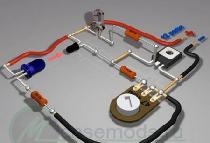
A selection of simple and effective schemes.
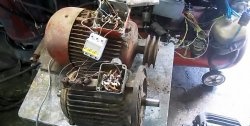
Three-phase voltage from single-phase in 5 minutes
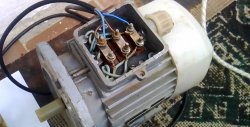
Starting a three-phase motor from a single-phase network without a capacitor

Eternal flashlight without batteries
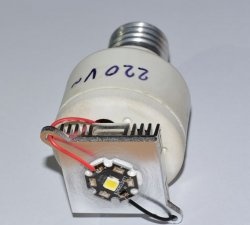
How to make an inexpensive but very powerful LED lamp
Comments (5)

